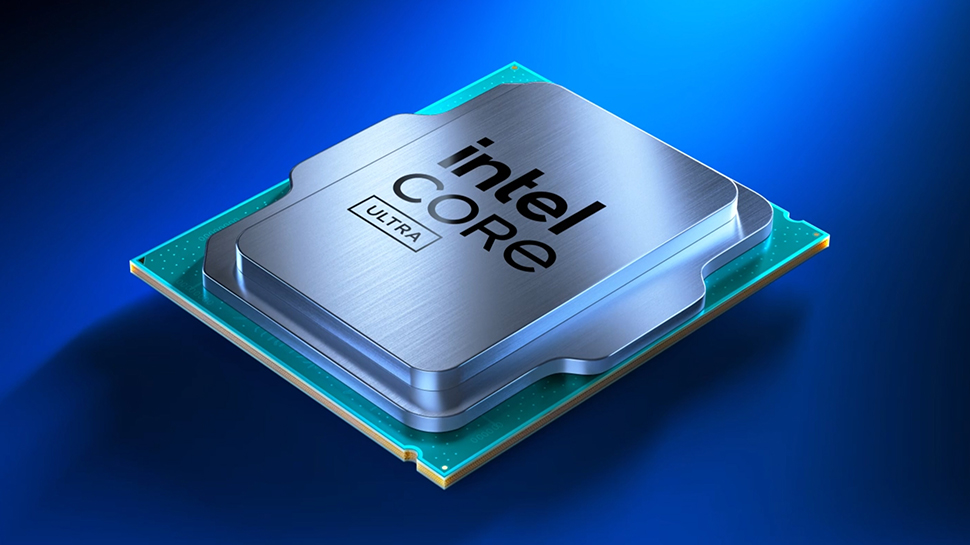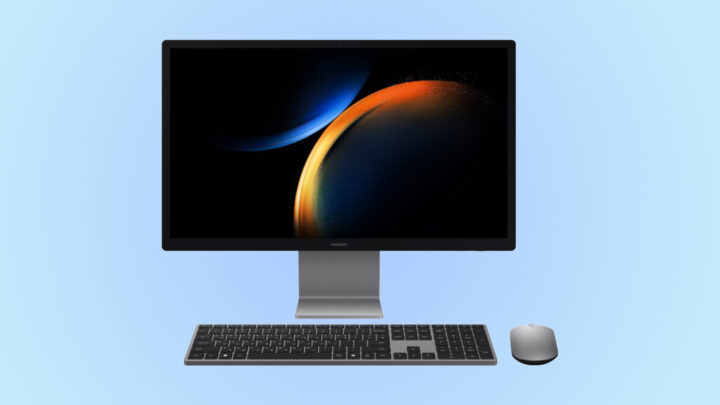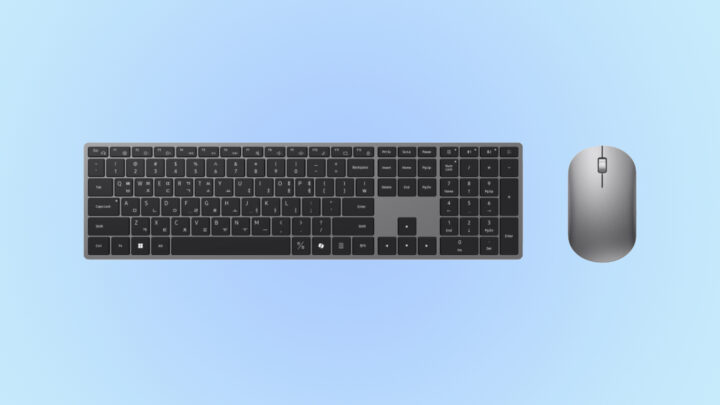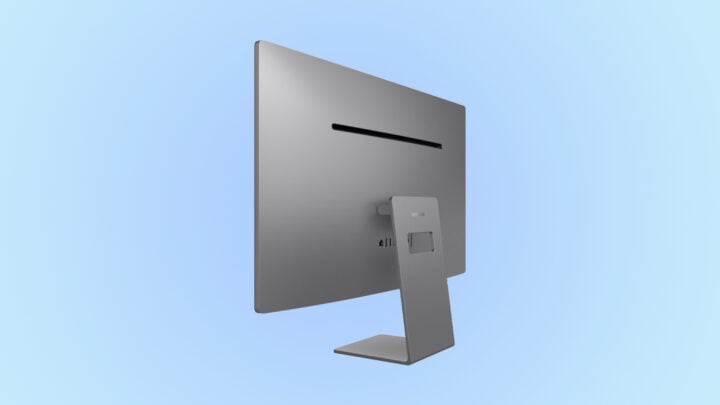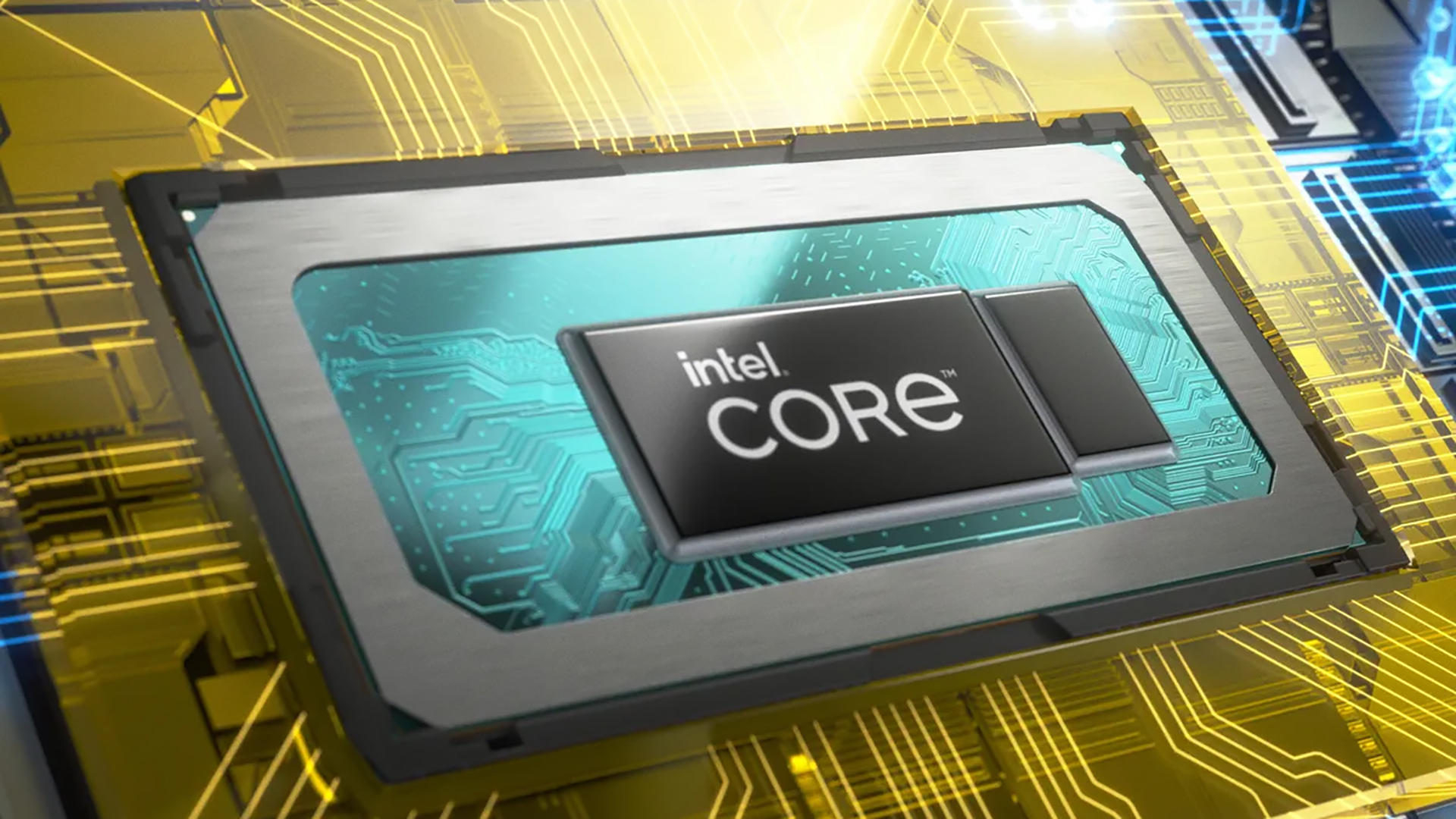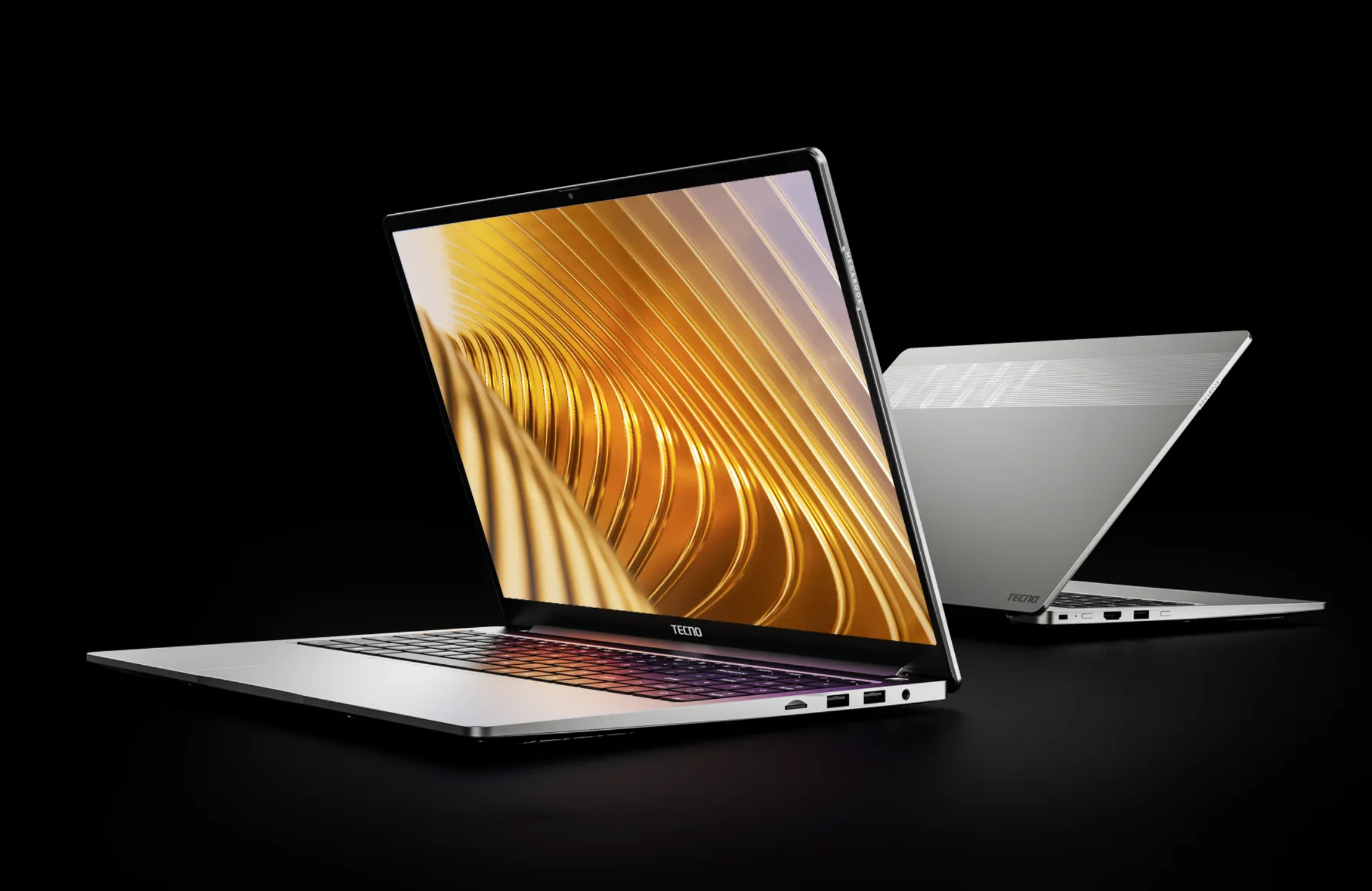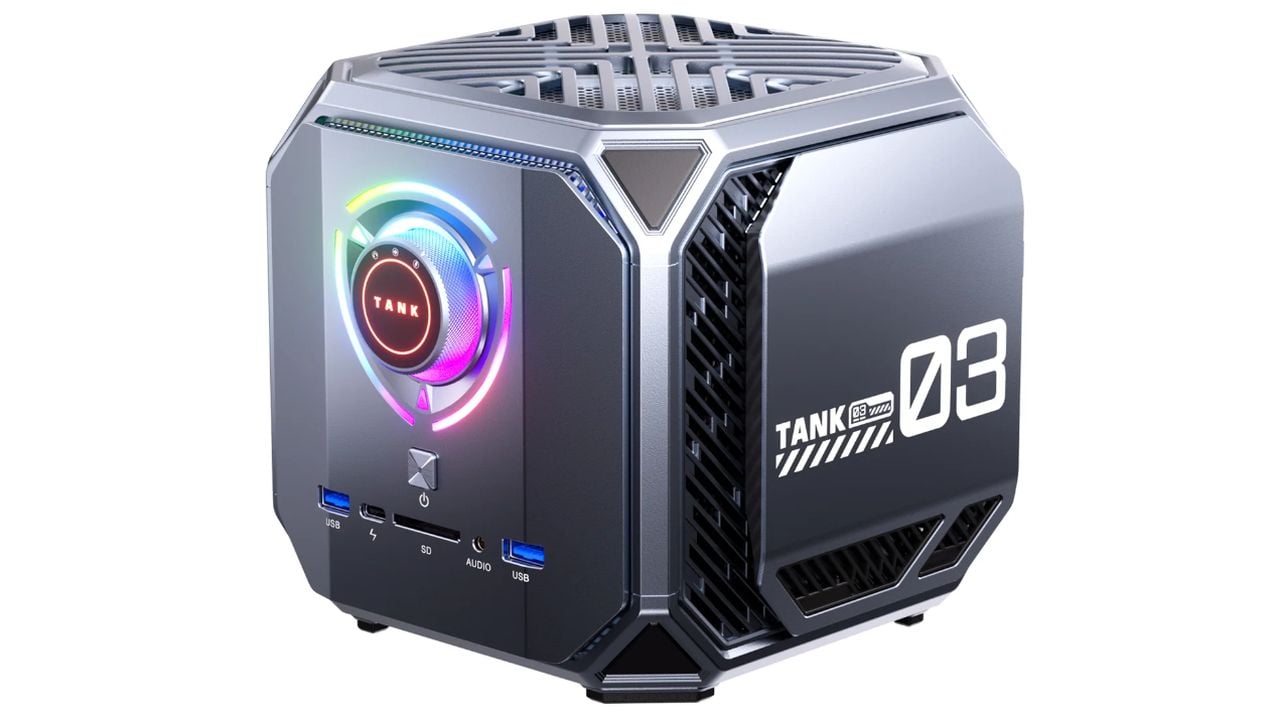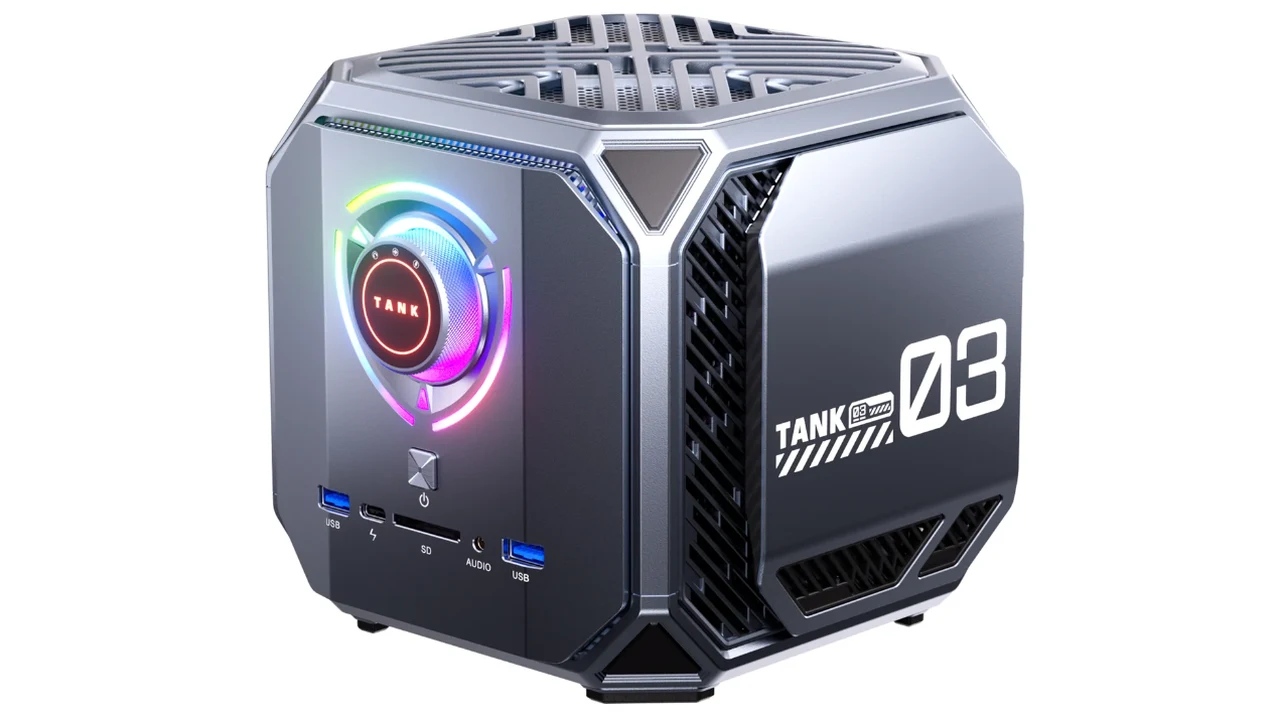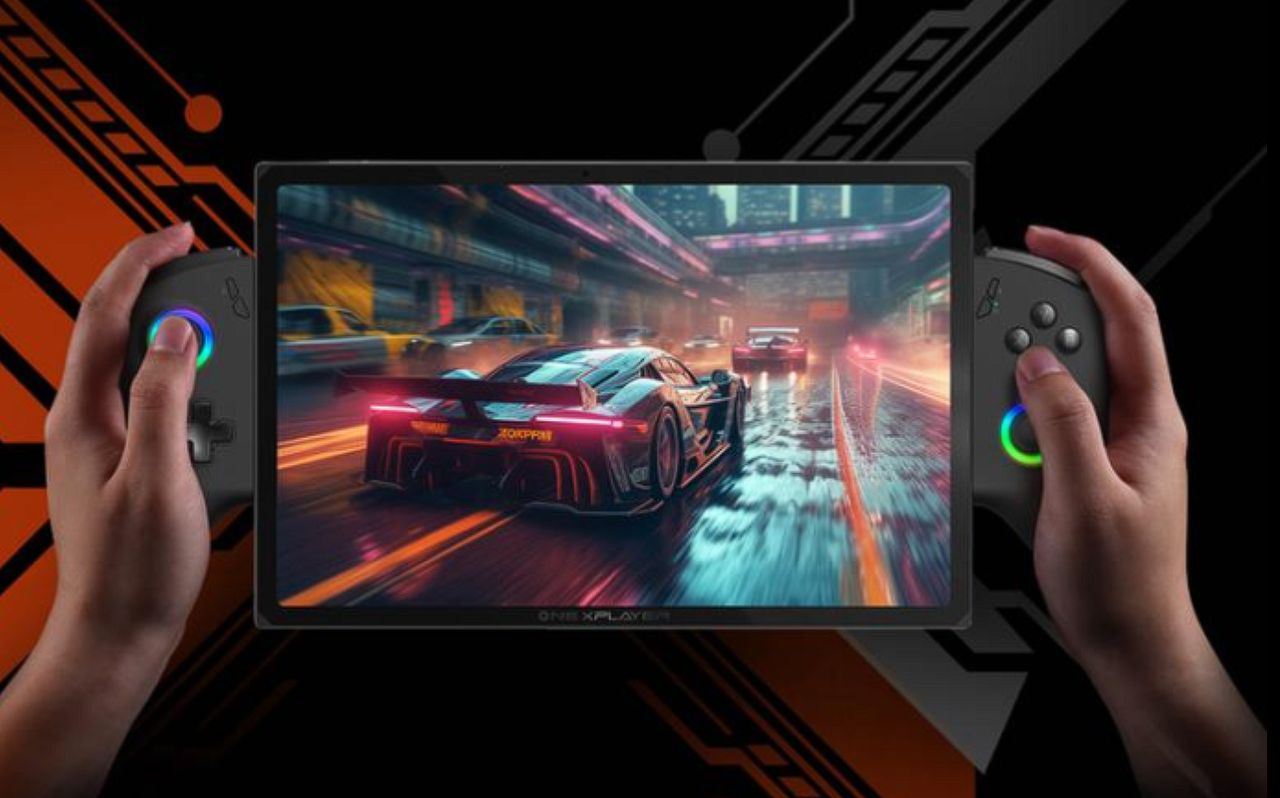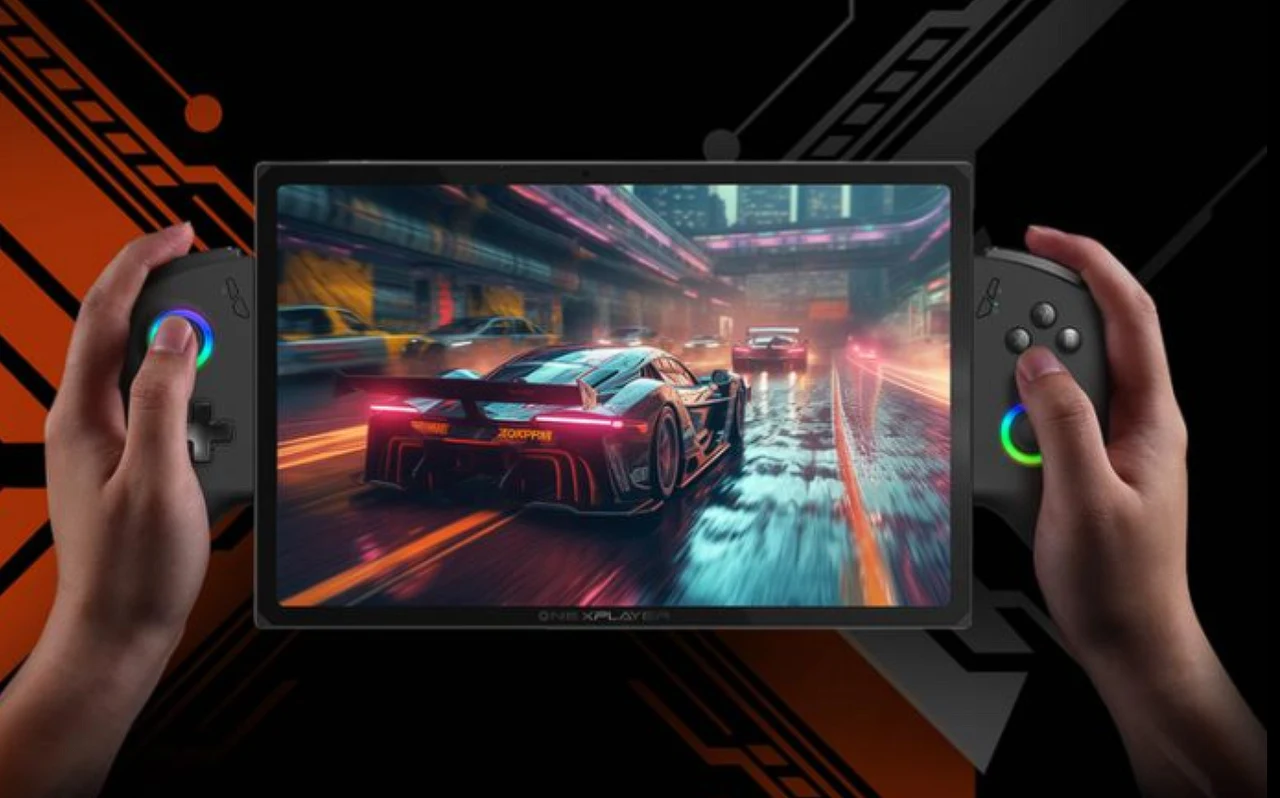
As technology evolves, so do the tools and platforms we rely on to manage our data. In the realm of network-attached storage (NAS), a significant shift is occurring with TrueNAS, a popular storage solution. TrueNAS CORE, a mainstay for its robust stability and security, is now facing challenges that could impact its longevity. Meanwhile, TrueNAS SCALE is stepping up as a formidable contender, offering a suite of new features that are attracting attention in the IT community. This quick guide and video currently created by SpaceRex explores in more depth the differences between TrueNAS SCALE vs CORE.
TrueNAS CORE, which is based on the FreeBSD operating system, has long been praised for its reliability. However, it’s beginning to show signs of strain as issues with support and compatibility arise. These challenges may hinder its ability to keep up with the latest technological demands. On the flip side, TrueNAS SCALE is a Linux-based NAS option that’s quickly gaining traction. It comes equipped with improved driver support, the ability to run Docker containers, and advanced virtualization capabilities through KVM (Kernel-based Virtual Machine). These attributes, coupled with its compatibility with a wider range of hardware, position it as a versatile choice for diverse IT setups.
IX Systems, the company behind both TrueNAS CORE and SCALE, continues to support these platforms by sharing middleware code between them. However, there’s a noticeable pivot towards SCALE, which is increasingly seen as the more sustainable solution for the future. This doesn’t mean that TrueNAS CORE is becoming obsolete overnight. It’s expected to remain a viable option for at least the next five years, but it may not receive the same level of updates as before, especially as support for FreeBSD becomes more complex.
TrueNAS SCALE vs CORE
The recent 23.10 release of TrueNAS SCALE marks a milestone in its development, achieving a level of stability that makes it suitable for enterprise deployment. For IT professionals who are experiencing driver-related issues or are on the lookout for cutting-edge features, TrueNAS SCALE is emerging as the preferred choice. It’s designed to meet both present and future storage needs, whereas TrueNAS CORE might forgo new functionalities to preserve its established stability.
Understanding Network-Attached Storage (NAS) Evolution
Looking ahead, it’s predicted that TrueNAS CORE will enter a maintenance phase, concentrating on security updates rather than new features. This shift could prompt users to consider moving to SCALE, especially those who want a NAS solution that keeps pace with the rapid advancements in technology. When it comes to deciding between TrueNAS CORE and SCALE, it’s important to weigh the strategic direction of IX Systems and the long-term advantages that TrueNAS SCALE offers.
While TrueNAS CORE still provides the dependable stability that many users have come to rely on, TrueNAS SCALE is making strides with its Linux-based platform, enhanced hardware support, and virtualization capabilities. As the landscape of network-attached storage continues to change, TrueNAS SCALE is positioning itself as the forward-looking choice for modern storage needs.
Network-attached storage (NAS) is a dedicated file storage system that provides multiple users and client devices with access to data from a central location. As a critical component of modern network infrastructures, NAS systems are designed to streamline data management and enhance collaboration. The evolution of NAS is marked by the transition from traditional solutions like TrueNAS CORE to more advanced systems such as TrueNAS SCALE.
The Rise of TrueNAS SCALE and its Advantages
TrueNAS CORE has been a reliable choice for many years, recognized for its stability and security features. It operates on the FreeBSD operating system, which is known for its robustness and performance in network environments. However, as the digital landscape evolves, TrueNAS CORE is encountering challenges related to support and compatibility, which could limit its ability to adapt to new technological trends and user requirements.
In contrast to TrueNAS CORE, TrueNAS SCALE represents the next generation of NAS solutions, built on a Linux-based NAS framework. This shift to Linux opens up a range of possibilities, including better driver support, which is crucial for ensuring that the NAS system works seamlessly with a variety of hardware components. TrueNAS SCALE also introduces the capability to run Docker containers, a technology that allows for the packaging and distribution of applications in lightweight, portable environments.
This is particularly beneficial for developers and IT administrators who need to deploy and manage applications efficiently. Furthermore, TrueNAS SCALE incorporates KVM (Kernel-based Virtual Machine) for advanced virtualization, enabling users to run multiple virtual machines on a single physical server, thereby optimizing resource utilization and simplifying infrastructure management.
Future Prospects for TrueNAS CORE and SCALE
The future of NAS is being shaped by the demands for greater flexibility, scalability, and compatibility with emerging technologies. While TrueNAS CORE is expected to maintain its role as a stable and secure storage option, its development trajectory is likely to focus on maintaining existing features and ensuring security rather than introducing significant new capabilities.
In contrast, TrueNAS SCALE is poised to become the go-to solution for organizations seeking a modern NAS system that can keep up with the pace of technological innovation. With its enterprise deployment readiness, TrueNAS SCALE is well-suited for businesses that require a robust and adaptable storage solution.
The platform’s Linux-based architecture, combined with its virtualization capabilities, positions TrueNAS SCALE as a strategic investment for those looking to future-proof their storage infrastructure. As the NAS market continues to evolve, TrueNAS SCALE is set to lead the way, offering a dynamic and progressive approach to data storage and management.
Filed Under: Hardware, Top News
Latest timeswonderful Deals
Disclosure: Some of our articles include affiliate links. If you buy something through one of these links, timeswonderful may earn an affiliate commission. Learn about our Disclosure Policy.
